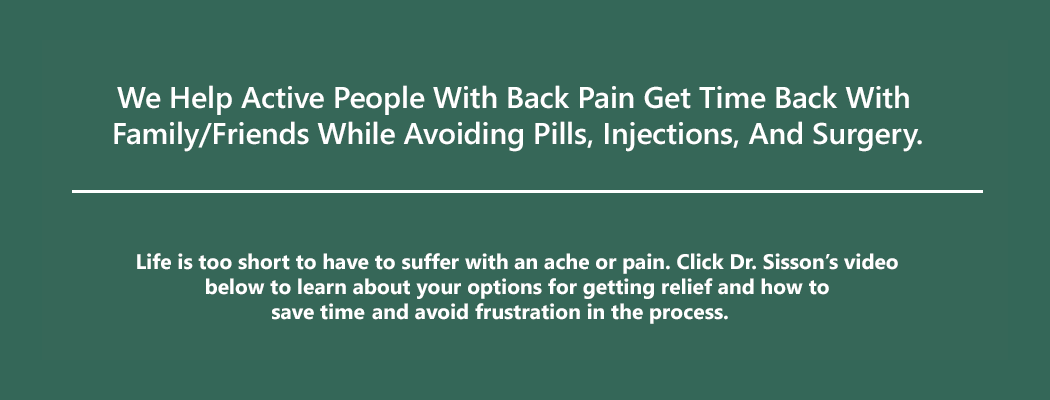I vowed I wasn't going to get all stiff and inflexible as I got older. But here I am at 55 and starting to notice less motion and less flexibility especially in my back. I exercise regularly every day. Is there any way to keep this from getting worse?
Clearly, older people have less range of motion in all joints compared with young adults. The neck, back, hips, and shoulders seem affected most often.
Scientists think there are several factors to help explain what's happening. First, as we age, the natural elastic tissue fibers called elastin are replaced by stiffer collagen fibers.
Not only that, but the older we get, the more collagen is formed. Cross-links between collagen fibers in the soft tissue of the spine increase stiffness and reduce elasticity or flexibility.
Women tend to have more flexibility but less strength in the spine compared to men. This is a consistent finding when lumbar range of motion and strength are measured across the decades.
All studies so far yield the same results: regular exercise and physical activity are essential to maintain strength and flexibility. Any gains made are quickly lost if the exercise or activity isn't repeated.
Nathalie Roussel, MT, PT, et al. Reliability of the Assessment of Lumbar Range of Motion and Maximal Isometric Strength. In Archives of Physical Medicine and Rehabilitation. April 2006. Vol. 87. No. 4. Pp. 576-582.











